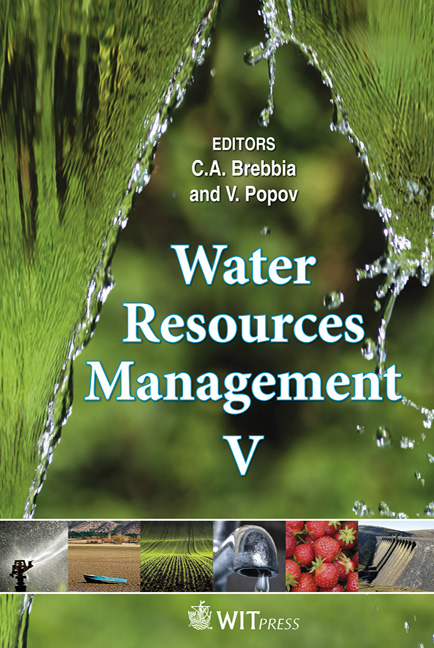Biodegradation Of Phenol In A Draft-tube Spouted Bed Bioreactor With Biomass Attached To Hydrogel Particles
Price
Free (open access)
Transaction
Volume
125
Pages
10
Page Range
147 - 156
Published
2009
Size
832 kb
Paper DOI
10.2495/WRM090141
Copyright
WIT Press
Author(s)
B. Safont, A. I. Vitas & F. J. Peñas
Abstract
The performance of a draft-tube spouted bed bioreactor (DT-SBB) packed with hydrogel particles for biomass immobilization has been used to treat a phenolic wastewater in continuous mode. The biomass support particles were made of a cyclodextrin-based polymer and then seeded with an acclimated mixed culture. Due to the low density of such particles and also the bioreactor design, the pumping energy required to maintain a moving bed of the resulting bioparticles was very low and a recirculation flow was not necessary. The inlet phenol concentration and the phenol inlet loading rate were the operating variables studied. Phenol removal efficiency was used to monitor the process. The DTSBB showed a high removal capacity (up to 2.8 kg-phenol/m3d) with a high efficiency (>99%). The removal capacity of the DT-SBB was found to be limited by the availability of dissolved oxygen in periods with high phenol elimination rate. The removal efficiency decreased significantly for higher loading rates (>3.1 kg/m3d) because of phenol inhibition. The evolution of the distribution of microbial populations was also investigated. A predominance of gram-negative bacteria (especially the genera Pseudomonas and Acinetobacter) was observed during the periods of maximum degradation. Keywords: spouted bed bioreactor, draft-tube, cyclodextrin polymer, hydrogel biomass support, phenol aerobic degradation.
Keywords
spouted bed bioreactor, draft-tube, cyclodextrin polymer, hydrogel biomass support, phenol aerobic degradation





